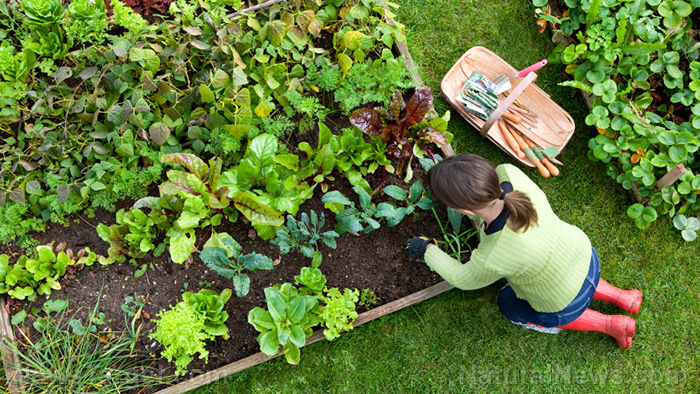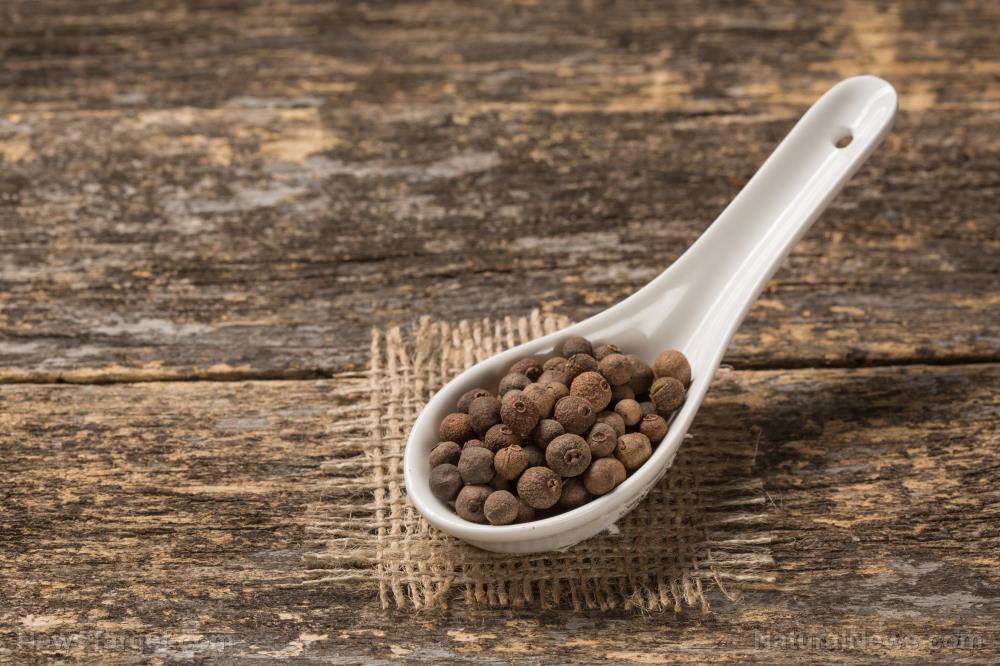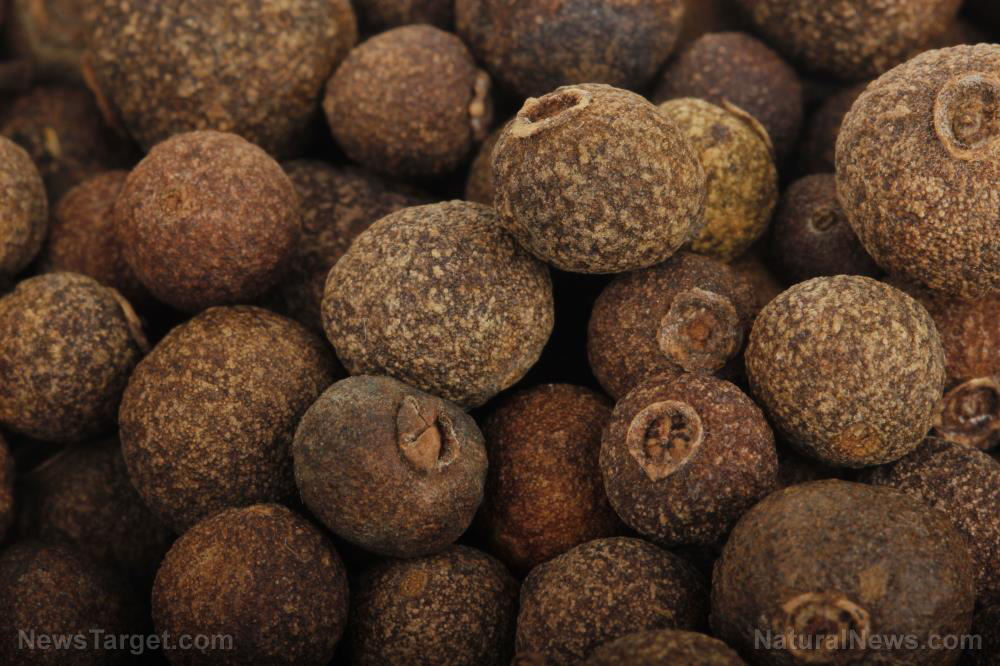
If you're busy, start by setting up an efficient watering system to save time and utilize shade or partial-shade areas on your property to maximize your growing space.
Soil quality is important
Before you plant anything, find out what kind of soil you're working with. This information can help you determine which types of gardens to plan.
Conduct an in-home soil test or take a soil sample to your local extension office and see if they will test it.
Sandy and loamy soil
If your property has sandy soil, you will need to bring in organic materials and compost.
In some cases, it might be better to have sandy soil than rocky soil because rocks don't break down over time.
Rocky soil
Depending on how rocky your garden soil is, you can sometimes bring in heavy machinery or a shovel and wheelbarrow. Use a sifting screen to sift out the rocks from the dirt.
If this is not an option or your area is too large for manual sifting, it might be better to try raised bed gardening instead
You can also use grow bags because this unique growing medium doesn't require a permanent place for growing, but allows you to grow a lot of produce.
Here are some tips to keep in mind if you want to try using grow bags:
Choose the right crops to plant in grow bags
Grow bags limit the size of the roots and available water, and certain plants are better suited to growing in grow bags than others.
When choosing what to plant in grow bags, look for "dwarf" varieties or smaller versions of full-size plants. You can also look for "bush" or "compact" varieties instead of vining types.
Crops that grow well in grow bags include:
- Arugula
- Beets
- Carrots
- Cucumbers
- Eggplant
- Green onions
- Kale
- Lettuce
- Peppers
- Potatoes
- Radishes
- Strawberries
These herbs will also grow well on growing bags:
- Basil
- Calendula
- Cilantro
- Dill
- Garlic
- Ginger
- Oregano
- Parsley
- Rosemary
- Sage
- Thyme
- Turmeric
Use the correct size
If you're not sure which size of grow bag to use, check plant spacing guidelines for the plants you would like to grow.
Extra small grow bags that hold up to two gallons (7.5 liters of soil) are best for herbs like basil, rosemary, sage and thyme. You can also use extra small grow bags for vegetables like arugula, chard, green onions, kale, lettuce and radishes.
Small grow bags that hold up to three gallons (11 liters of soil) are perfect for herbs like cilantro, dill and parsley. You can also use small grow bags for fruits and vegetables like beets, carrots, celery, kohlrabi and strawberries.
Medium grow bags that hold up to five gallons (19 liters of soil) are best for herbs like ginger, lemongrass and turmeric. This grow bag size is also suitable for different vegetables like beans, broccoli, cabbage, cucumbers, eggplant, peppers, potatoes and okra.
Large grow bags that hold up to 10 gallons (38 liters of soil) are suitable for tomatoes and sweet potatoes.
If you have a grow bag larger than 10 gallons, you can use them for most types of vegetables. You can also plant several different types in the same bag.
Use oyas (self-watering grow bags) for thirsty plants
Grow bags dry out more quickly and certain plants will do better if grown with an oya (olla) or in a self-watering grow bag.
Self-watering grow bags have a self-watering reservoir in the base. Keep the reservoir full so there is a constant supply of moisture for the roots.
Fill your grow bag with the best type of soil
Regular garden soil is too heavy for grow bags and will become compacted.
When growing crops in grow bags, you should use a combination of compost, vermiculite and coconut coir or peat moss. Look for bagged potting soil with a combination of these ingredients or make your own.
When using this mix, the soil in grow bags remains light and airy. Plant roots need oxygen and water and roots love this mix.
Fill grow bags all the way up with soil to make the most of the room inside the grow bag.
Place grow bags in the best location
When gardening in grow bags, you can easily move the bag to the best location based on the amount of sunlight the plant receives.
Most plants grow best with at least six to eight hours of sunlight. Morning sun is preferred and a little afternoon shade is ideal, especially if you're in a hot climate.
Pros and cons of raised-bed gardening
Here are some things to consider if you want to try raised-bed gardening:
Pros
- You can grow anything in a raised-bed garden as long as the bed is deep enough for the roots of the plant you want to grow.
- If you're working with poor-quality soil, it is sometimes more affordable and easier to build raised beds and add high-quality soil so you can start growing crops immediately instead of waiting months or even years to build up the in-ground soil with amendments.
- Raised beds, even those only a foot or two off the ground, can be easier to garden in so you don't have to bend over too far, which can hurt your back or knees. (Related: 5 Tips for successful raised bed gardening.)
Cons
- The initial investment of building raised beds and bringing in garden soil can be cost-prohibitive, especially if you want to build several beds.
- Raised beds are a permanent fixture and generally can't be moved once established.
Things to consider before planting fruit trees
Perennial berry bushes and fruit trees may take a while to bear fruit. It's best to plant them as early as possible so you can enjoy their fruit.
Here are some factors to consider when planting fruit trees or berry bushes:
- If you live in a city that sprays chemicals along the roadsides to keep weeds from growing, choose a different spot for your trees.
- If animals like deer or squirrels might be an issue, consider using deterrents to protect your plants.
- Washout might inhibit the health of your trees or bushes. Is there potential for erosion or washout based on the grade of the road?
- Native plants like elderberry should be planted in shady or wooded edges.
More time-saving gardening tips
Here are more time-saving gardening tips for beginners:
- Prevent or reduce weeds by laying mulch, cardboard or other material.
- Trellis at the time of planting.
- Watering by hand can be therapeutic, but it also takes a long time. To save time, set up an efficient watering system for your garden.
Check the soil quality in your garden and choose plants that will grow well in your hardiness zone.
Watch the video below for more raised bed gardening tips.
This video is from the Backyard Farming channel on Brighteon.com.
More related stories:
Gardening tips: Learn about secondary nutrients that help nourish your garden plants.
Home gardening tips: How to grow onions from seed.
Home gardening tips: How to grow flowers and vegetables in bucket planters.
Sources include:
Please contact us for more information.























